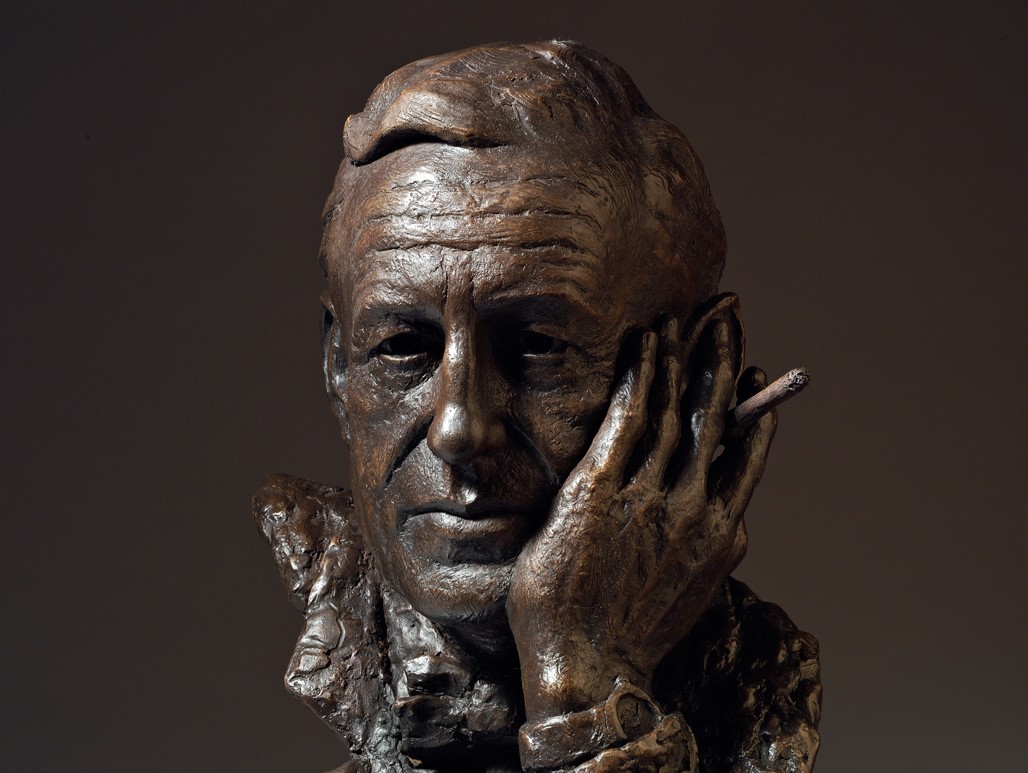On October 5, 1962, a suave British spy named James Bond made his cinematic debut in Dr. No, forever changing the landscape of action films and launching one of the most enduring franchises in movie history. As fans around the world celebrate World James Bond Day, it’s worth revisiting how this modestly budgeted thriller became a cultural juggernaut and how its behind-the-scenes story is as thrilling as the film itself.
From Page to Screen: Fleming’s Vision
James Bond was born in the pages of Ian Fleming’s novels, first appearing in Casino Royale in 1953. By the time Dr. No was published in 1958, Bond had become a recognizable literary figure, though not yet a global icon. Fleming had long hoped to bring his creation to the screen, dabbling in television adaptations and even writing a treatment for a show called Commander Jamaica, which featured a Bond-like character named James Gunn.
The idea of a Bond film gained traction when Canadian producer Harry Saltzman read Dr. No and saw cinematic potential. He acquired the rights to most of Fleming’s novels (excluding Casino Royale and Thunderball, which were tied up in separate deals). Saltzman lacked the resources to produce the film alone, but a fateful meeting with American producer Albert R. Broccoli, arranged by screenwriter Wolf Mankowitz,led to a partnership that would define Bond for decades1.
Together, Saltzman and Broccoli formed two companies: Danjaq, which held the rights and trademarks, and Eon Productions, which would produce the films. After being rejected by nearly every major studio, they struck a deal with United Artists to finance the first Bond film. With Thunderball off the table due to legal disputes, they chose Dr. No as the starting point.
Casting Bond: Enter Sean Connery
Finding the right actor to play James Bond was no easy task. Fleming had envisioned someone more aristocratic, he even favored David Niven or Cary Grant. But Broccoli and Saltzman saw something magnetic in a relatively unknown Scottish actor named Sean Connery. He had the physicality, the charm, and the edge that the role demanded.
Fleming was initially skeptical, calling Connery “an overgrown stuntman.” But after seeing him on screen, he changed his mind and even adjusted Bond’s backstory in later novels to reflect Connery’s Scottish heritage.
Connery’s portrayal of Bond in Dr. No was a revelation. He was cool, confident, and lethal, yet possessed a dry wit and irresistible charisma. His delivery of the now-iconic line “Bond, James Bond” became a cinematic signature.
Location, Location, Location
Much of Dr. No was filmed in Jamaica, where Fleming had written many of his novels at his estate, Goldeneye. The tropical setting added authenticity and exotic flair to the film, and the production team made the most of the island’s natural beauty.
The villain’s lair, Dr. No’s underground base, was constructed with limited resources, relying on clever set design rather than expensive effects. The film’s modest budget of $1 million forced the crew to be resourceful, but it also encouraged creativity.
Director Terence Young, known for his work in war films, brought a sense of realism and grit to the production. He also played a crucial role in shaping Connery’s Bond persona, coaching him on style, posture, and sophistication.
The First Bond Girl
Ursula Andress’s emergence from the sea in a white bikini is one of the most iconic moments in film history. As Honey Ryder, she set the template for the “Bond girl,”a mix of beauty, danger, and independence.
Andress’s voice was dubbed in the final cut due to her heavy Swiss accent, but her screen presence was undeniable. That bikini, designed by Andress herself, became a symbol of 1960s sexuality and helped catapult her to international stardom.
The Sound of Bond
Monty Norman composed the original score for Dr. No, including the legendary James Bond theme. Arranged by John Barry, the theme blended surf rock, jazz, and orchestral elements to create a sound that was as distinctive as Bond himself.
The theme music became an auditory signature for the franchise, used in every subsequent Bond film and instantly recognizable to audiences worldwide.
Villainy and Vision
Joseph Wiseman played Dr. Julius No, a mysterious scientist with metal hands and a plan to sabotage a U.S. space launch using a radio beam weapon. His portrayal was chilling and understated, setting the tone for future Bond villains—eccentric, brilliant, and menacing.
Dr. No’s character introduced the idea of a larger-than-life antagonist with a secret lair and a global threat, a formula that would be repeated and refined in later films.
Reception and Legacy
When Dr. No premiered in London on October 5, 1962, expectations were modest. Critics were divided, some dismissed it as pulp fiction, while others praised its style and energy. Audiences, however, were captivated.
The film grossed nearly $60 million worldwide, a massive return on its $1 million budget. It proved that Bond had cinematic legs and paved the way for From Russia with Love, Goldfinger, and the rest of the franchise.
More importantly, Dr. No established the Bond formula: exotic locations, high-stakes espionage, seductive women, deadly gadgets, and a hero who could handle it all with a martini in hand.
World James Bond Day
World James Bond Day commemorates the release of Dr. No and celebrates the legacy of a character who has transcended generations. Bond has evolve,from Connery’s rugged charm to Daniel Craig’s brooding intensity, but the essence remains: a man of action, style, and mystery.
As we mark this cinematic milestone, Dr. No reminds us that great things often start small. With limited resources but boundless ambition, Saltzman, Broccoli, and their team created a film that not only launched a franchise but defined a genre.
